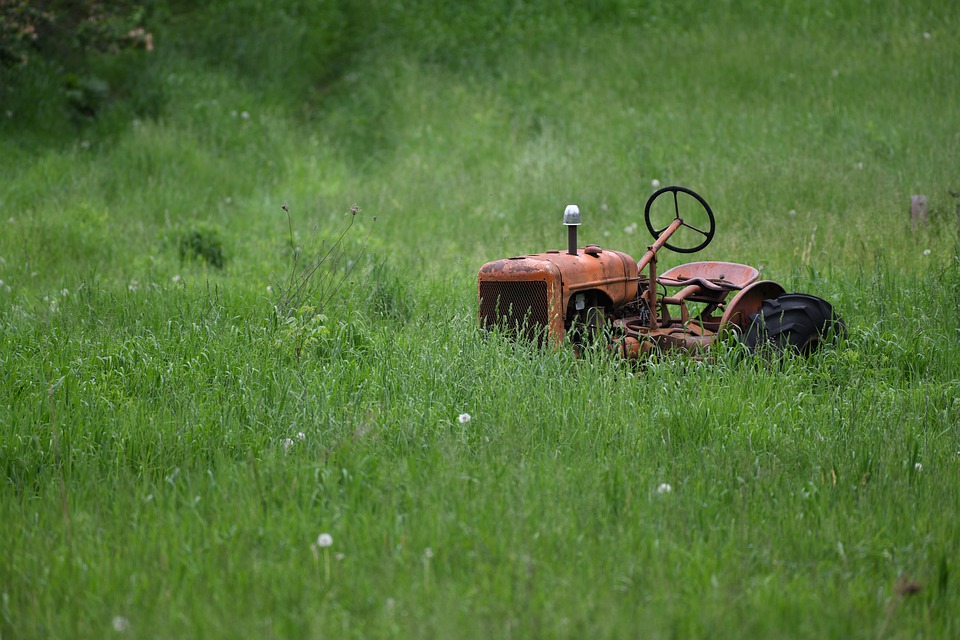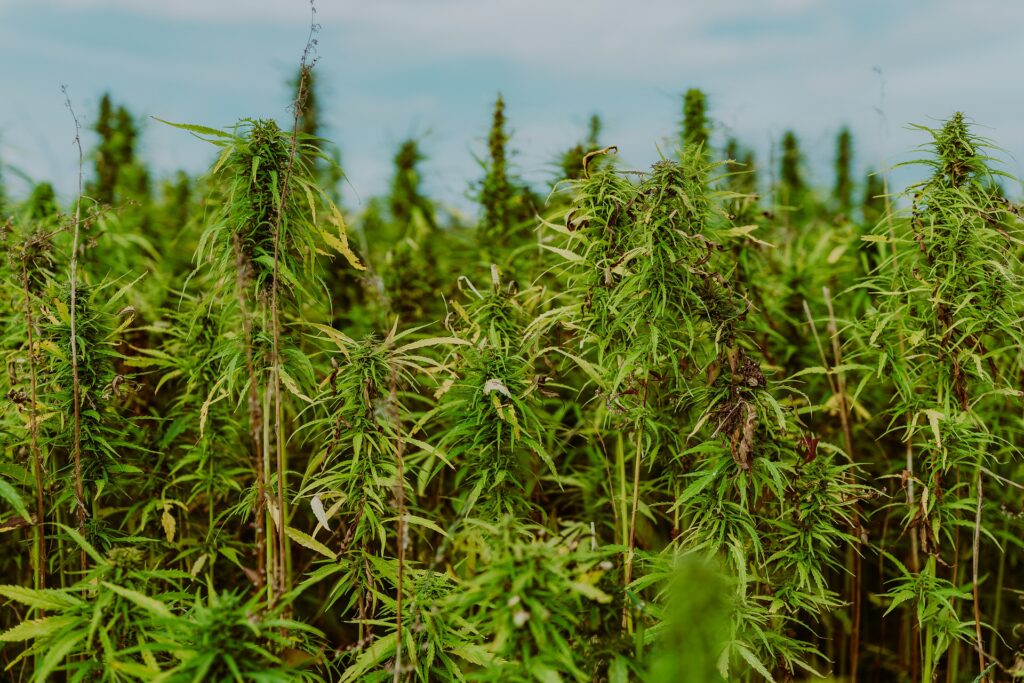Dan Murphy: In Praise of The Range
by Dan Murphy
The one aspect of our global ecosystem that’s consistently, ignored, abused and neglected is the Earth’s rangelands. For the sake of animal agriculture — and the health of the planet — that needs to change.
Here’s a fun little exercise to try out on friends, family and neighbors.
First, ask them if they know about “rangelands,” explaining that you’re talking about the areas in the United States and around the world where precipitation and/or climate conditions are such that trees don’t grow, where there are no natural forests, only various shrubs and species of grass.
Generally, when I’ve tried this, I get a response something along the lines of, “Yeah — I get it; I’m not stupid!”
I guess I need to work on my presentation skills.
But the point of the exercise is to then ask the person the key question: How much of the Earth’s surface area would you estimate to consist of rangeland?
And that’s where I get to take some smug (but silent) satisfaction in their earlier “I’m not stupid” assertion, because rarely do people correctly identify that fully one-half of all the land in the world is rangeland.
That’s because most people think only about the pastures they see driving through farm country or the dusty plains that seem to dominate the landscape in virtually every Western movie ever filmed.
Occasionally, people recognize that there are other grasslands in the world, such as the savannahs of Africa’s Serengeti that have been popularized in numerous wildlife documentaries.
Actually, the Serengeti, which covers more than 12,000 square miles — about the size of Maryland and Delaware combined — is a mixed ecosystem of treeless plains, acacia woodlands and even semi-tropical rain forests, but much of that land does consist of tall grass where lions are waiting to pounce on some poor, unsuspecting antelope.
But in mentally calculating the extent of the world’s rangelands, people forget that “range” also includes the Eurasian steppes extending from Eastern Europe all the way to China, a vast, flat expanse of grasslands that provided a highway for Genghis Khan to sweep across most of Asia and Europe and which later was where the Silk Road trade route connecting China and India with the emerging kingdoms of Europe in the Middle Ages was established.
And in almost all cases, people neglect to include the Arctic tundra in calculating what should be classified as rangeland. But from northern Alaska to Canada’s Yukon to much of Greenland to northern Scandinavia and Siberia, tundra represents millions of square miles of habitat for grazing animals, such as caribou and musk ox, and for the nomadic people who for centuries have domesticated herds of reindeer.
(By the way: Along with the superstorms spawned by warming ocean temperatures, the rapid melting of permafrost areas across the world’s tundra is one of the most urgent threats caused by climate change. The lichen, grasses and shrubs of tundra regions were once a carbon sink, trapping CO2 within vegetation and soil. But as the permafrost melts, tundra is becoming a carbon source, releasing incalculable amounts of CO2 and methane into the atmosphere).
Underappreciated — and undervalued
So why does it matter that half of the world’s land mass consists of broadly defined rangeland? Because these vast, open areas are not only ill-suited to cultivation of the row crops vegans insist should be the primary sources of food for all of humanity, but more importantly, because rangelands provide forage for livestock, habitat for wildlife and serve as vital sources of fresh water.




Rangelands are one of Thee Largest global carbon sinks.
Thus they reduce the co2 issues some folks spin about.
Also, Grazing rangelands increases the carbon intake of the range soils .
Also, Grazing animals do ALL the work of converting grasses and shrubs into high protein meat, milk and cheeses .
No machinery, and no fuel required. The Grazers do it ALL.
The supposed thought process that veggie farming is better for the planet due to less pollutants used is a lot Flawed.